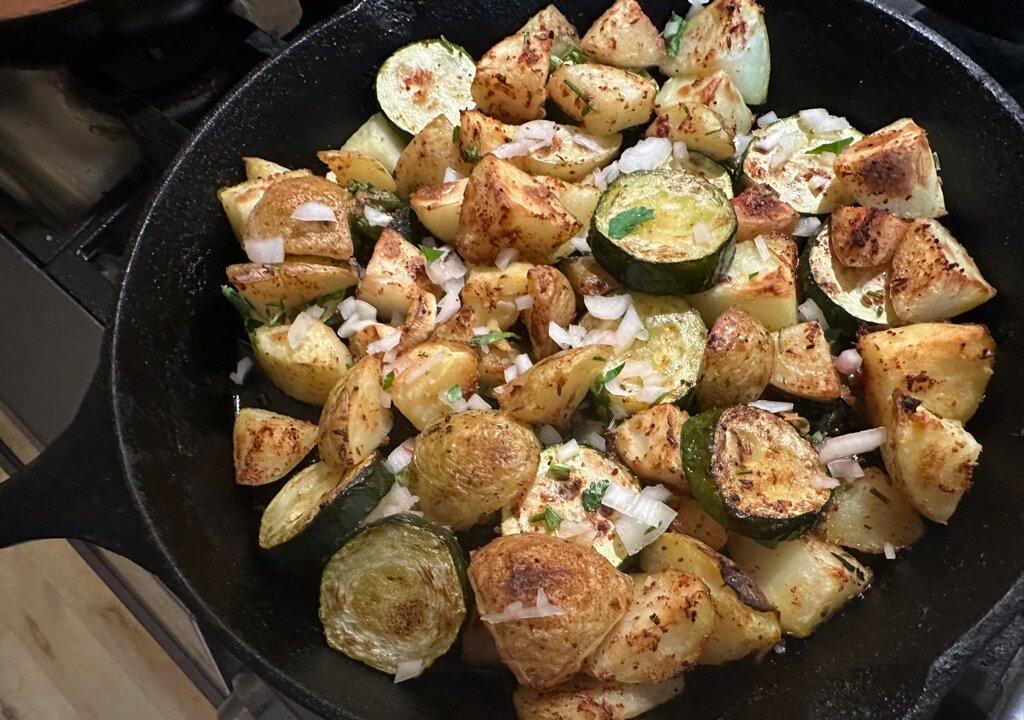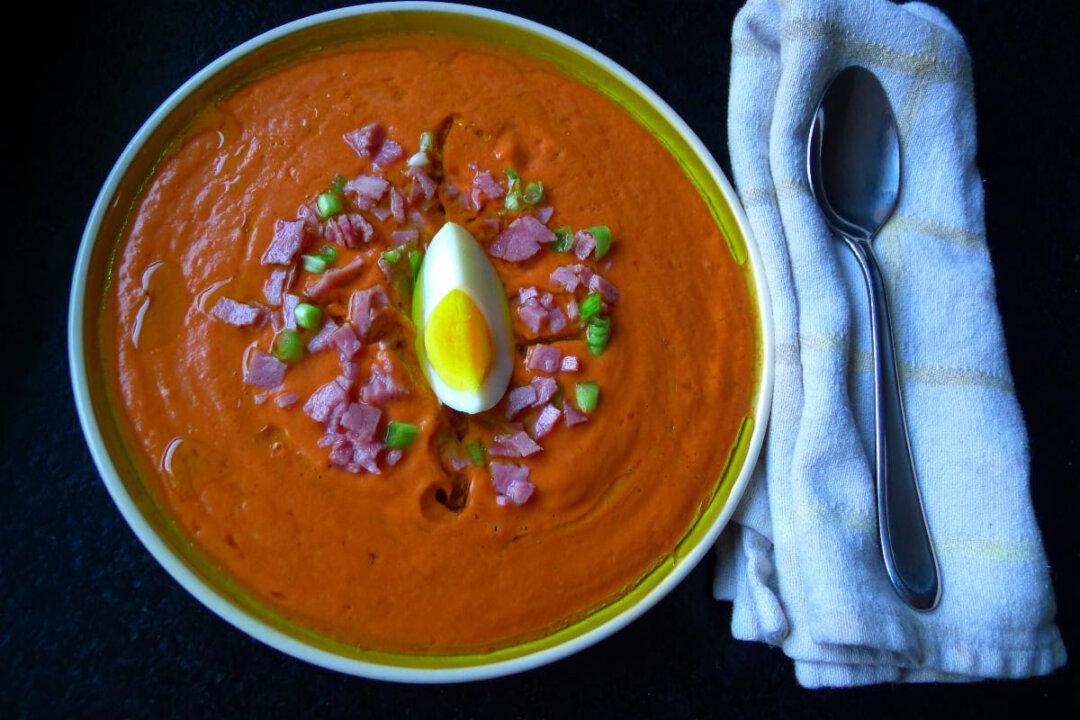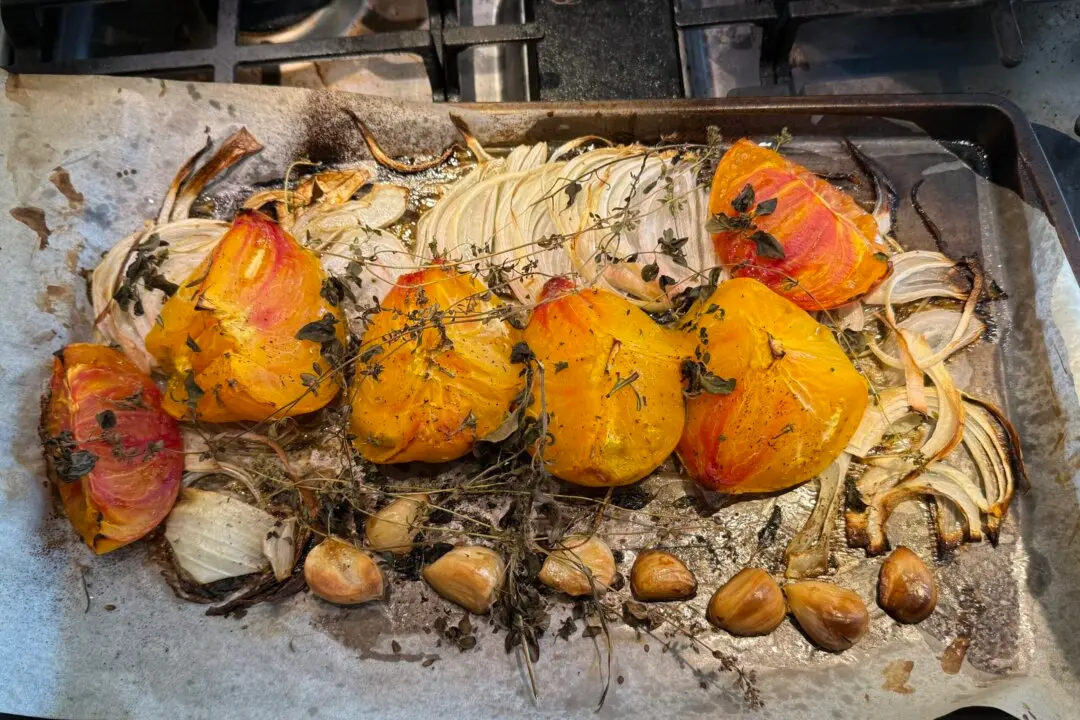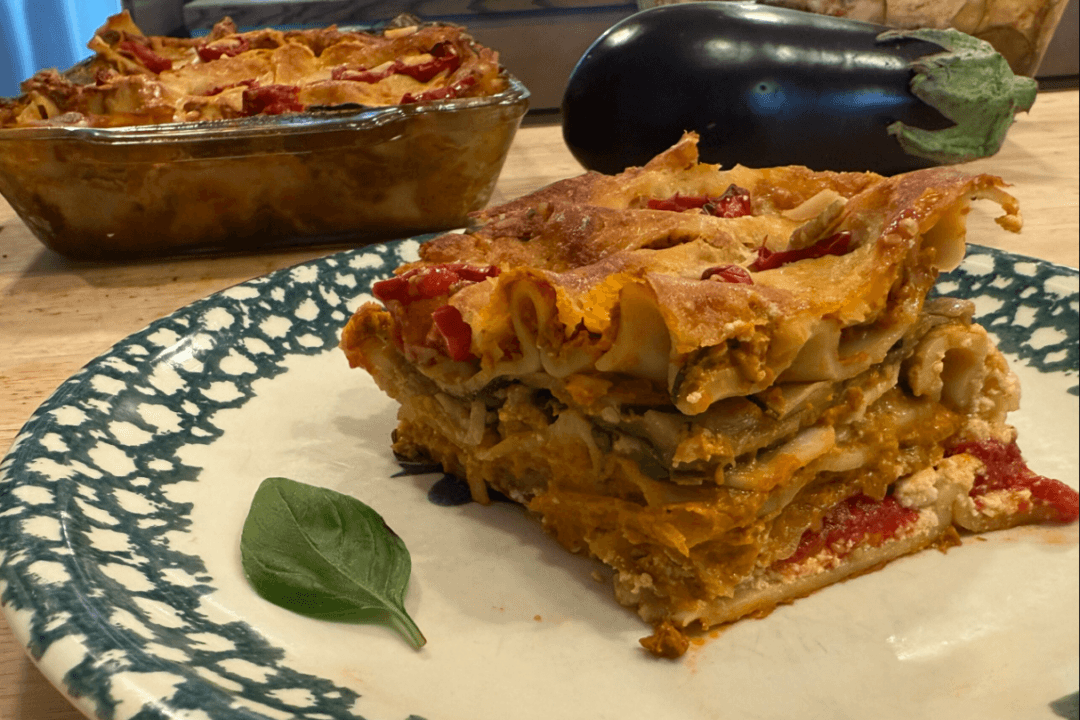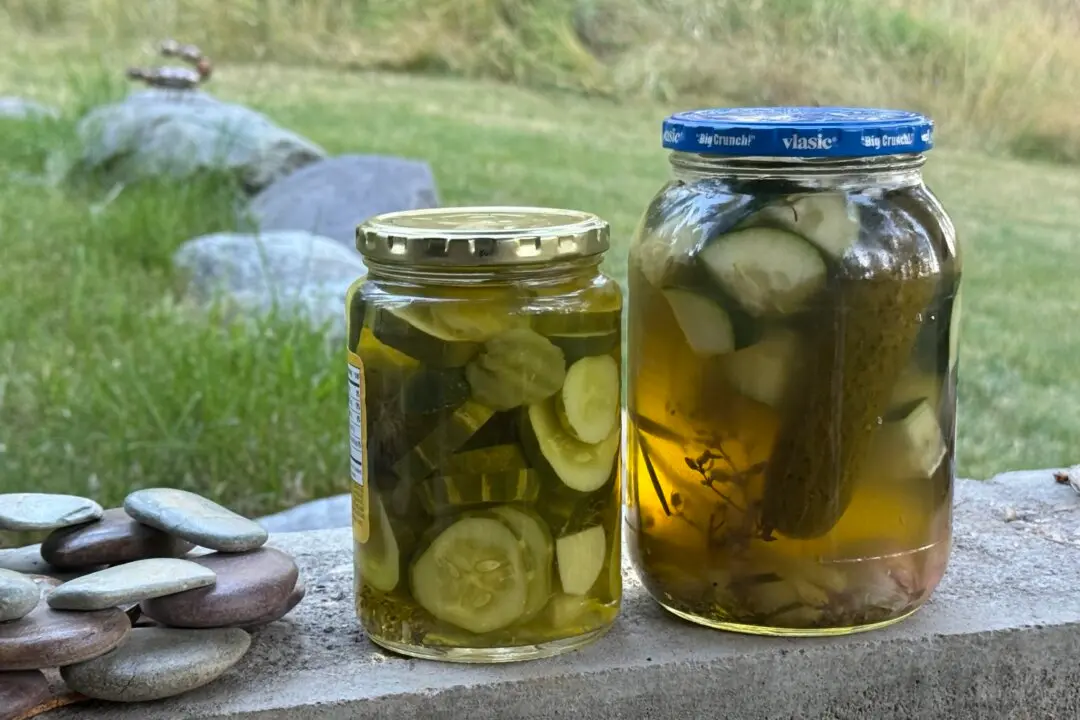Most cooks and eaters understand the importance of acid in food. If a dish isn’t popping as envisioned, a squeeze of lemon or dash of vinegar will sharpen the flavors with a bright zing. To a meat or cheese eater, a mouthful just isn’t the same without a sip of wine. A salad maker needs acid as much as oil and salt. Dessert makers use acid to help them add more sugar.
Scientifically speaking, an acid lowers the pH, which is a measure of how many free protons are bouncing around the scene. A base is the opposite of an acid. It raises the pH by increasing the number of free protons in the pot. The many culinary acids, including citrus and vinegar, get all of the attention while their counterpart quietly makes good things happen—sometimes by canceling out acids.

